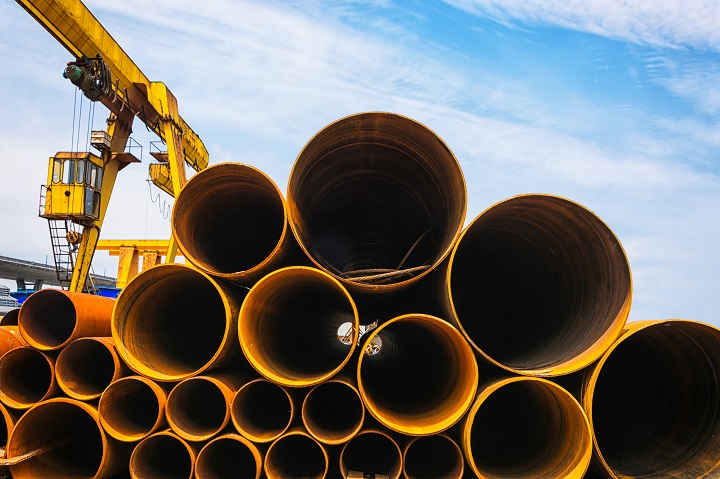 The oil and gas industry heavily relies on various equipment and technologies to explore, produce and transport energy. Among these, pipe equipment is crucial in drilling, extraction and transportation. From casing pipes that provide structural integrity to oil pipes that transport crude oil and natural gas, the right equipment is critical to the success of any project. That’s why working with a reliable steel pipe distributor that can provide high-quality pipe equipment is essential.
The oil and gas industry heavily relies on various equipment and technologies to explore, produce and transport energy. Among these, pipe equipment is crucial in drilling, extraction and transportation. From casing pipes that provide structural integrity to oil pipes that transport crude oil and natural gas, the right equipment is critical to the success of any project. That’s why working with a reliable steel pipe distributor that can provide high-quality pipe equipment is essential.
Let’s explore commonly used pipe equipment, including drill pipes, sucker rod pipes and more, and highlight the importance of selecting the right equipment for each application.
Casing Pipe: Armor for Your Oil Well
Casing pipes are large-diameter pipes inserted into the wellbore to provide structural integrity to the drilled hole against collapse. They also prevent contaminants and fluids from entering the wellbore. Casing pipes are usually steel and available in various sizes and grades. A steel pipe distributor usually supplies casing pipes in lengths ranging from 20 to 40 feet.
Oil Pipe: The Lifeblood of Your Operations
Oil pipes, also known as tubing, transport crude oil and natural gas from the well to the surface. Manufacturers usually make sucker rod pipes with high-strength steel and smaller diameters than casing pipes. The steel grade and strength of the oil pipe are critical to withstand harsh conditions and pressure during production. Most steel pipe suppliers supply oil pipes in lengths ranging from 30 to 45 feet.
Sucker Rod Pipe: Pulling Tricks Up Its Sleeve
Sucker rod pipes transfer the pumping force from the surface to the downhole pump to lift the oil to the surface. They consist of high-strength steel and are available in various diameters and lengths. The lengths of sucker rod pipes supplied by the steel pipe distributors range from 25 to 30 feet.
Drill Pipe: The Ultimate Digging Tool According to Steel Pipe Distributors
Drill pipes are heavy-duty pipes used to drill the wellbore during the drilling process. Manufacturers design these pipes to withstand high torque and axial loads, using high-strength steel for added durability. Drill pipes are available in various sizes and lengths, ranging from 30 to 45 feet. Depending on the drilling requirements, a distributor provides drill pipes in various grades and strengths.
Drill Pipe Structure and Specification: Making Your Pipe Work for You
Drill pipes comprise three main parts: the pipe body, the tool joint and the thread protector.
- The pipe body is the drill pipe’s central part, usually high-strength steel.
- Manufacturers make the tool joint at the end of the pipe, which connects to the drilling tool, using a more durable material than the pipe body.
- The thread protector is a removable cap that covers the pipe threads during transportation and storage.
Steel Grade and Drill Pipe Robustness: Toughness Defined
The steel grade and strength of the drill pipe are essential factors to consider when selecting the right equipment for drilling operations.
- High-strength steel is necessary to withstand the high torque and axial loads generated during drilling.
- The yield strength of steel grade is the usual classification, ranging from 80,000 to 150,000 psi.
- Steel pipe providers supply drill pipes in various grades, including E75, X95, G105 and S135.
Upgrade Your Oil and Gas Operations with International Pipe
Refrain from settling for mediocre pipe equipment in your oil and gas operations. Upgrade to top-quality pipes and accessories from International Pipe, your trusted steel pipe distributor. With a wide range of sizes, grades and strengths, we have everything you need to maximize project efficiency and productivity. Contact us today to learn more about our products and services and experience the difference in working with the best in the industry.
